Sport in Photography. From Rodchenko to the Present Day
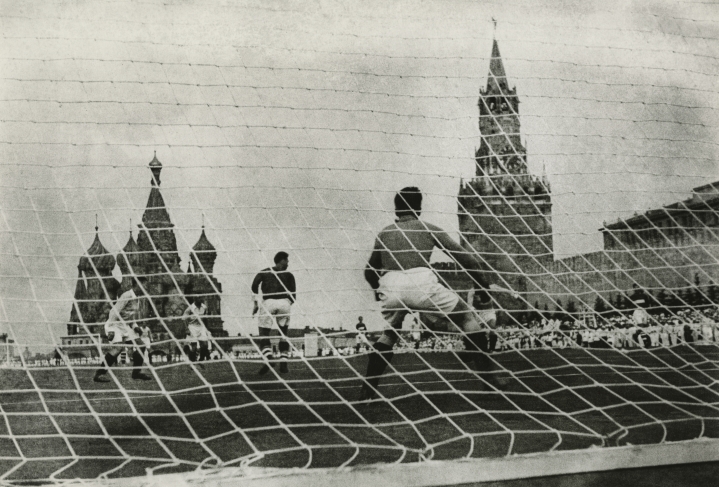
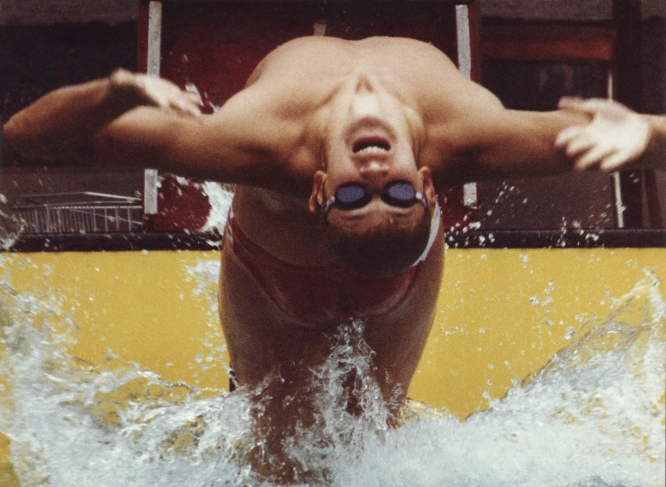
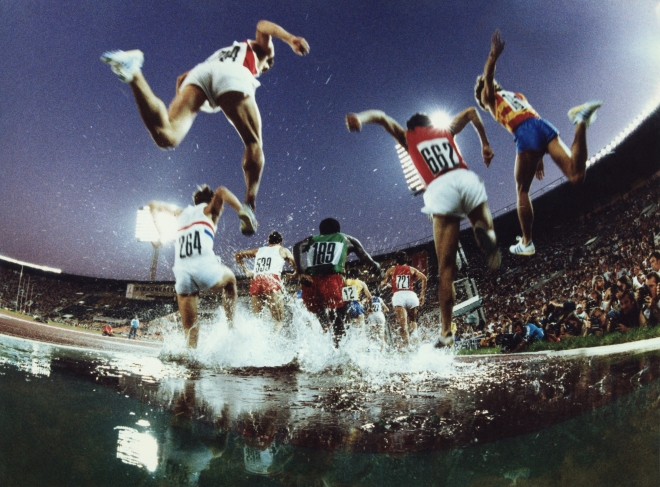
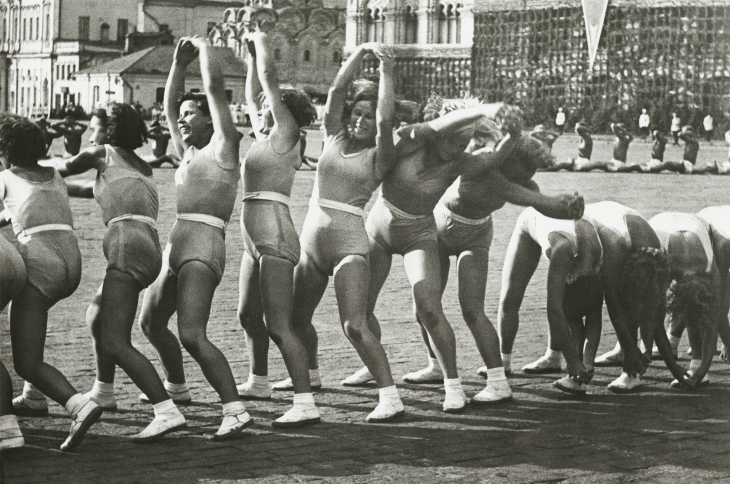

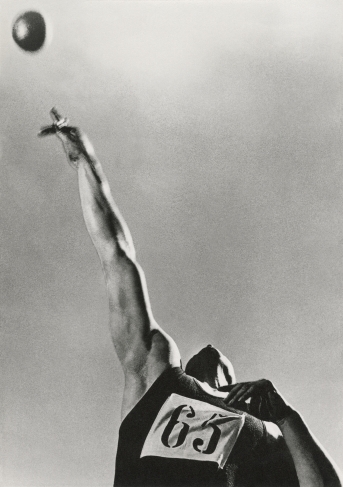
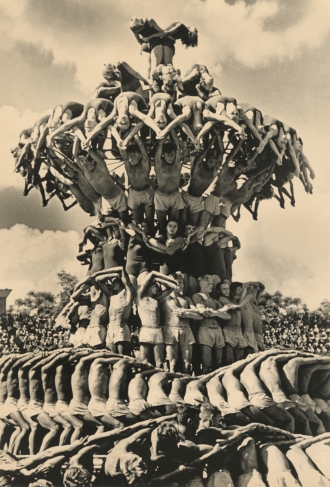
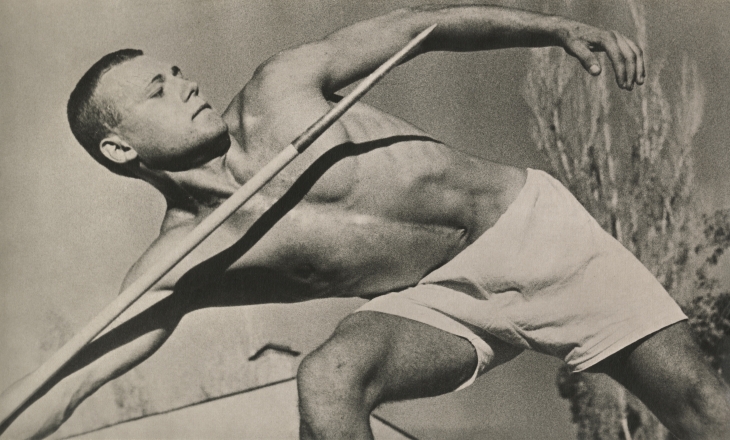
Anatoly Yegorov. Football on Red Square. 1936. Silver gelatin print. MAMM collection.
Sergei Guneyev. Start. Moscow. 1984—1986. Colour print. MAMM collection.
Sergei Guneyev. Steeplechase. Moscow. 1980. Colour print. MAMM collection.
Alexander Rodchenko. Sports parade on Red Square. Rhythmic gymnastics. Moscow. 1936. Silver gelatin print. MAMM collection.
Lev Borodulin. Block. 1975. Silver gelatin print. MAMM collection
Lev Borodulin. Into space! 1964. Silver gelatin print. MAMM collection.
Lev Borodulin. Pyramid. Moscow. 1954 Silver gelatin print. MAMM collection.
Max Penson. Javelin thrower. Uzbek SSR. 1928. Silver gelatin print. MAMM collection
Moscow, 13.04—22.09.2024
exhibition is over
Share with friends
For the press
Sport in Photography. From Rodchenko to the Present Day
Curators: Anna Zaitseva, Maria Lavrova
This exhibition presented by the Multimedia Art Museum, Moscow, is an exploration of the phenomenon of sport through the prism of photography, from the early 20th century to the present. Sport is a projection of society and its value systems. Sports photography changes along with society, reflecting the social and cultural characteristics of each era. The exhibits including works by classics of Soviet and Russian photography Alexander Rodchenko, Max Penson, Arkady Shaikhet, Boris Ignatovich, Lev Borodulin, Alexander Abaza, Dmitry Donskoy and Sergei Guneyev, as well as modern sports photographers, show the evolution of the genre, following the alteration in styles and aesthetic paradigms and demonstrating current trends related to the development of new technologies.
After the October Revolution sport ceased to be an elitist or aristocratic way of spending leisure time and became widespread.
During the post-revolutionary years the cult of a healthy body was part of a large-scale project to formulate the new man. On 22 April 1918, just a month and a half after the signing of the Brest-Litovsk Treaty and against the backdrop of foreign intervention and the outbreak of the Civil War, the All-Russian Central Executive Committee issued a decree which, along with the ‘introduction of universal military training for the working population’, proposed ‘organising physical education and sports as broadly as possible among the workers’. In 1923 the decree of the All-Russian Central Executive Committee of the RSFSR ‘On the formation of higher and local councils of physical culture of the working people of the RSFSR’ was adopted.
The Soviet government actively promoted sports, and photo-illustrated publications for mass circulation became the most important method of propaganda from the 1920s onwards. Newspapers, magazines and brochures dedicated to sports provided an important commission for the best photographers of the time. Some of these rare publications are shown at the exhibition.
The central image of Soviet sports photography of the 1920s and early 1950s was not a professional sportsman with a specific identity and a history of outstanding victories, but an unnamed athlete. Photographs such as ‘Javelin Thrower’ and ‘Boxer’ by Max Penson (1928), ‘Dive’ by Mikhail Prekhner (early 1930s) and ‘Young Sportswoman’ by Ivan Shagin (1930s), which have become classics of Russian photography, demonstrate a physically perfected body in statuesque poses and a generalised, idealised image of the new man.
One of the main subjects in photos of the 1930s and early 1950s was a sports parade that demonstrated not competitiveness, but on the contrary, the ability to merge into a single, harmoniously moving collective body. Acrobatic pyramids with banners, pompous decorations and complex choreography in which the bodies of the participants form one giant multi-armed entity – these mass spectacles marked a new genre of monumental art, ‘in which theatre, ballet, opera, painting, sculpture, music and song were synthetically combined, subordinated to physical activity’ (Okhlopkov N., Happy Day // Izvestia newspaper, 26 July 1938). Physical culture parades on Red Square were recorded by the best photographers: Alexander Rodchenko, Emmanuel Yevzerikhin, Ivan Shagin, Anatoly Yegorov, Samary Gurary and Arkady Shaikhet.
The heyday of physical culture parades occurred during a period in the development of photography when avant-garde experiments had been condemned as ‘formalism’, and creative associations such as the constructivist group October headed by Alexander Rodchenko in the early 1930s had already been liquidated. In Rodchenko’s photographs of the 1936 sports parade on Red Square scarcely any traces of his previous experiments remain. Although the sharp angles, the famous ‘slant’ of the compositions and what Dziga Vertov called the ‘dynamic geometry’ of the frame still feature in his shots.
The telephoto lens had not yet been invented in the 1930s. Photographers were forced to choose the nearest vantage point. There were no special photographic zones: sometimes pictures were taken in the midst of rows of athletes during a parade, or directly behind the athletes at the moment an event began (‘Start’ by Olga Ignatovich, 1930s).
Through the second half of the 1940s Soviet sports began to integrate into international sports associations. In Helsinki in 1952 the Soviet Union was granted representation at the Olympics for the first time. Victories in international competitions acquired symbolic capital that had great social and political significance.
With the onset of a thaw in photography, the range of acceptable expressive means and subject matter expanded. Now it was possible to acknowledge the experience of the photographic avant-garde in the 1920s and its formal discoveries. Moreover there was demand for living human emotion and an individual psychological portrait of the hero, including the sportsman. Lev Borodulin, whose images not only enjoyed enormous success in the Soviet Union, but also largely influenced world sports photography, became the exponent of a new type of camerawork.
Sports photography of the ‘analogue era’ set the goal of creating an artistic image. While shooting on film the photographer was physically unable to shape the news process. The negative required development and printing, only then could it be sent to the commissioner – a newspaper or magazine. During development and printing photographers worked magic on their images in the dark room. For example, Alexander Abaza not only radically cropped his photographs, but also used extensive retouching and editing.
In the 1970s and 1980s the technology of photography rapidly evolved. The new innovations were soon utilised by sports photographers. Dmitry Donskoy was one of the first to employ the new capabilities of lenses with variable focal lengths. Sergei Guneyev began using remote control of his camera: by installing it directly on the treadmill he created the famous ‘Steeplechase’ photograph, which was awarded the 3rd World Press Photo prize in the Sports category in 1980.
With the development of Internet media, sports photography assumed a new context. In particular, the need to select one or two photographs for publication was replaced by the opportunity to create an entire photo gallery, representing the event in different aspects and allowing for work in series. This period in development of the genre is presented at the exhibition by leading contemporary sports photographers such as Sergei Bobylev (TASS), Daria Isaeva (Sport-Express), Vladimir Pesnya (RIA Novosti), Maria Plotnikova, Alexei Filippov (RIA Novosti) and Konstantin Chalabov (RIA Novosti ).
MAMM would like to thank RIA Novosti, the Russian News Agency TASS, the State Museum of V. V. Mayakovsky, the MIRA Collection and Sport-Express for providing works for the exhibition, as well as the Russian State Archive of Film and Photo Documents for providing newsreels of the 1910s to 1920s.


